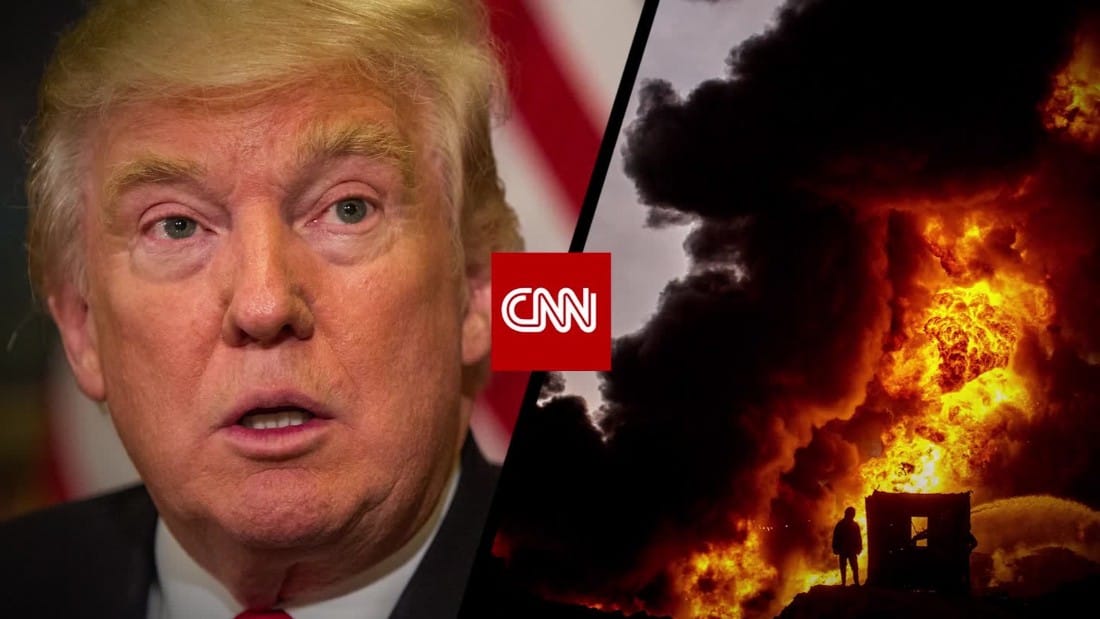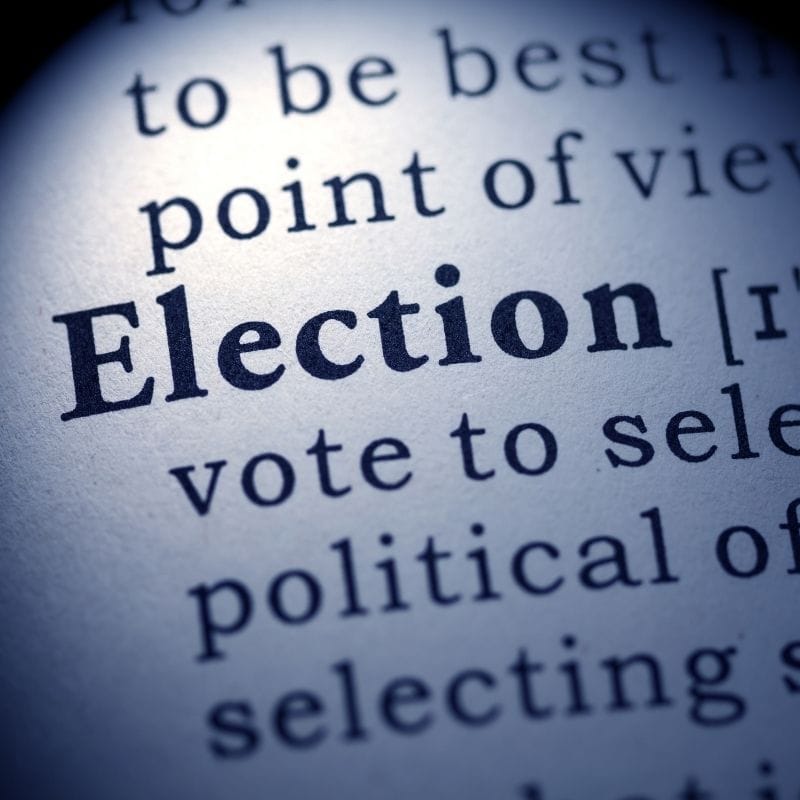In May 2017, President Donald Trump embarked on a landmark tour of the Middle East, marking a pivotal moment in U.S. foreign relations with the region. This trip was not only symbolic but also practical, focused on forging stronger ties and addressing key geopolitical issues. The agreements reached during this trip have far-reaching implications for trade, security, and diplomatic dynamics in the region.
The previous years had seen escalating tensions in the Middle East, from the ongoing conflict in Syria to the strained relations between Israel and various Arab states. Trump’s visit aimed to provide a fresh perspective and build partnerships that could lead to stability. Among the countries visited were Saudi Arabia, Israel, and the Palestinian territories, each stop proving essential for different reasons.
One of the most significant agreements emerged from talks held in Saudi Arabia, where a massive arms deal was struck. Valued at approximately $110 billion initially, this defense agreement was touted by the administration as a boon for U.S. jobs and a strategic push for enhanced regional security. The deal included various weaponry and military equipment that would bolster the Saudi military’s capabilities, which has been particularly important in the context of regional threats posed by Iran. The enhancement of Saudi military power was framed as a key element in efforts to counter Iranian influence across the Middle East, contributing to a long-term strategy to contain Iranian expansionism.
In addition to military agreements, Trump’s visit to Saudi Arabia culminated in the signing of the Riyadh Declaration, which laid the groundwork for increased cooperation in combating terrorism and promoting religious tolerance. This declaration was notable for its emphasis on mutual respect and understanding among different faiths, underscoring Trump’s desire to engender a more stable environment through collaborative efforts. The declaration also encouraged Arab nations to stand united against extremist ideologies, a cornerstone of the region’s strategic and security interests.
Following his time in Saudi Arabia, Trump traveled to Israel, marking the first time a sitting U.S. president had visited the Western Wall. In Israel, Trump was met with a desire for renewed dialogue between Israeli leaders and Palestinians. During his discussions with Prime Minister Benjamin Netanyahu, both leaders expressed a commitment to achieving peace in the region. However, these talks were not without their complexities, as the contentious issue of settlements continued to loom large in the background.
Trump’s Israel visit included a historic commitment to enhance various forms of bilateral cooperation. A series of agreements were signed focusing on technology, water management, and cybersecurity, which sought to leverage Israel’s advanced capabilities in these areas. These sectors are not only economically significant but also crucial in enhancing the overall resilience and competitiveness of the region. The agreements represented a pathway for greater collaboration that could serve as a model for addressing common challenges faced by nations throughout the Middle East.
While in Israel, Trump also highlighted the importance of reconciling differences between Israel and its Arab neighbors. The administration’s rhetoric aimed at fostering dialogue set a tantalizing backdrop for a possible peace process. Despite these optimistic overtures, political realities on the ground, particularly relating to Palestinian statehood aspirations, remained a formidable challenge that would require sustained effort and commitment from all parties involved.
In addition to these agreements, Trump’s visit steered attention to the need for restructuring U.S. relations with the Palestinian Authority. The administration brought forth a pledge to support economic initiatives that could help stabilize Palestinian territories. This included the potential for investment in infrastructure and development projects designed to improve the economic conditions of Palestinian communities, an essential factor in securing long-term peace.
While these agreements and discussions generated media coverage and expectation, implementation was key to their success. The administration recognized that driving positive change in the Middle East necessitated diplomacy beyond mere agreements; it required an ongoing commitment to dialogue and negotiation among all involved stakeholders.
Overall, Trump’s Middle East trip was characterized by ambitions to reshape the geopolitical landscape through significant agreements aimed at enhancing trade, military cooperation, and diplomatic relations. The signed deals reflected broad aspirations toward peace and stability, even as the intricate realities of the region posed significant challenges. As the complexities surrounding the Middle East continue to evolve, the frameworks established during this trip will undoubtedly shape the dynamics of future interactions in the region.
In conclusion, while Trump’s visit to the Middle East was marked by major deals that promised enhanced cooperation in various fields, the success of these agreements hinges on sustained efforts in diplomacy and a commitment to addressing the underlying issues that have long plagued the region.



